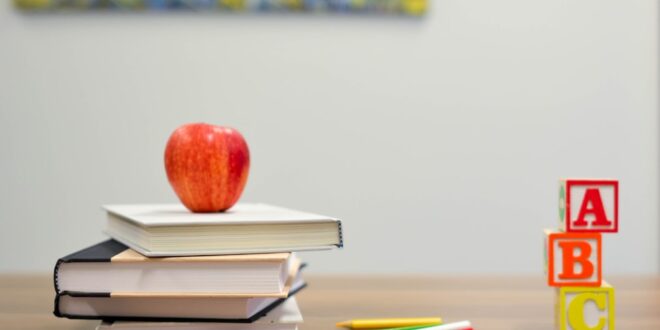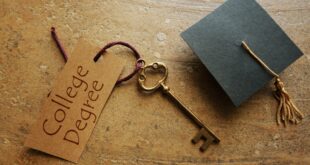Every classroom has witnessed conflict. It is practically unavoidable since children are, quite understandably, still unable to perceive a situation from an objective point of view and tend to experience strong emotions and they react impulsively. This kind of behavior disrupts the envisioned learning process and the teacher has a challenging task – to channel the stress and bring the lecture back on its initial course.
However, there are times when things escalate beyond a given and accepted apology and students have to tame their emotions in order to avoid severe consequences and regrets. This represents no mean feat either for the student or the teacher but it can definitely be accomplished with the help of some effective strategies that will enable greater self-control and ultimately, a healthy resolution.
Work on their listening skills
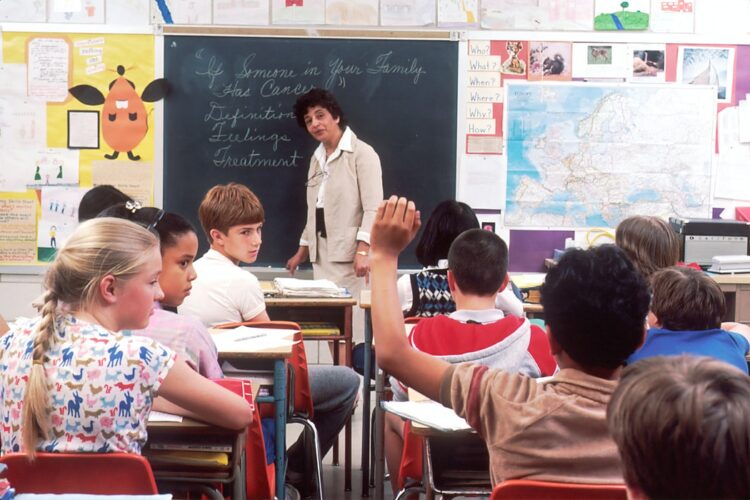
A simple misunderstanding very often lies at the core of both big and small conflicts. In the course of settling a dispute, it’s very probable you’ll hear things like “That’s not what I meant” or “They’re twisting my words”. This is a red flag that students let their emotions get the best of them based on what they think they’ve heard and that their listening skills could use some work. This is a fantastic opportunity for teachers to hone those skills with the whole classroom and show students the way towards less stressful problem resolutions.
Learning how to maintain eye contact is as vital as learning how to let the other party speak without interruption. Teach your students to ask questions so they could clarify certain points of the ongoing conversation so that they wouldn’t misinterpret what has been said. Furthermore, take some time to raise awareness about how big a role body language plays in conversation. The speakers are always looking for signs of reinforcement like nodding or smiling, and having an objective, emphatic approach towards a conversation may just as well eliminate the possibility of conflict entirely.
Meditation
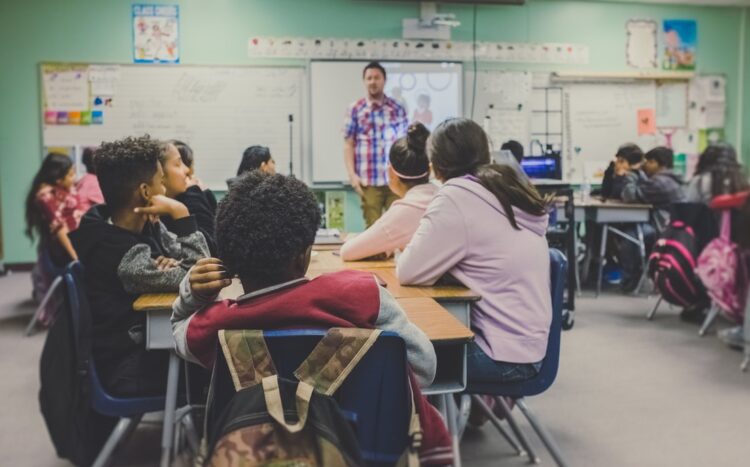
Meditation is a very effective way of calming the mind and therefore channeling conflict in the right direction. What is important in this method is informing the students what meditation really is as well as what benefits it brings. Young minds are often rash and without a good explanation, you might risk your students thinking they’ll be spending hours of quiet, idle time they will instantly dismiss as boring. Instead, introduce meditation as something that will give them control over their emotions, lower stress and anxiety levels, and enable them to react adequately to the situation at hand.
According to Open Colleges, techniques such as breathing exercises and lessons teaching awareness and recognizing emotions are the pillars of a successful stress management method. Practicing mindfulness results in better behavior regulation, academic performance and better social skills. This approach is best used on regular bases, i.e. not only when a conflict arises. Not only will this decrease the chances of outbursts escalating out of proportion, but it will also improve the students’ overall performance.
Encourage tracking
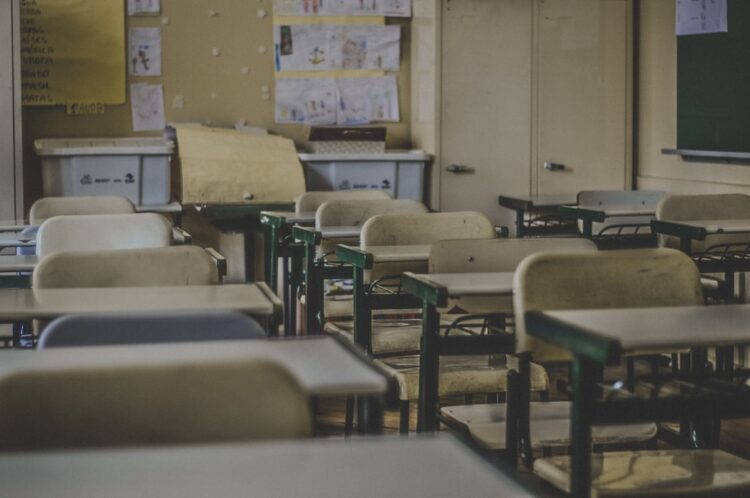
In emotionally charged arguments, students rarely see beyond their anger and they are therefore unable to react properly. Observing and writing down accounts of different conflicts students witnessed or participated in is a fantastic way of gaining the right perspective. It is of utmost importance that you explain that there is no need to identify either party and that the activity, as well as reactions they saw, are what matters most. They should be as objective as possible but it is also helpful if they add a note of how the entire experience made them feel and what they would have done differently. The sharing of observations afterward should be completely voluntary and the discussion of positive and negative sides of the conflict will allow all students to become aware of the problems and be better prepared for potentially similar situations to come. Doing this more than once during the course of the academic year will encourage students to pay closer attention to their surroundings.
Roleplaying
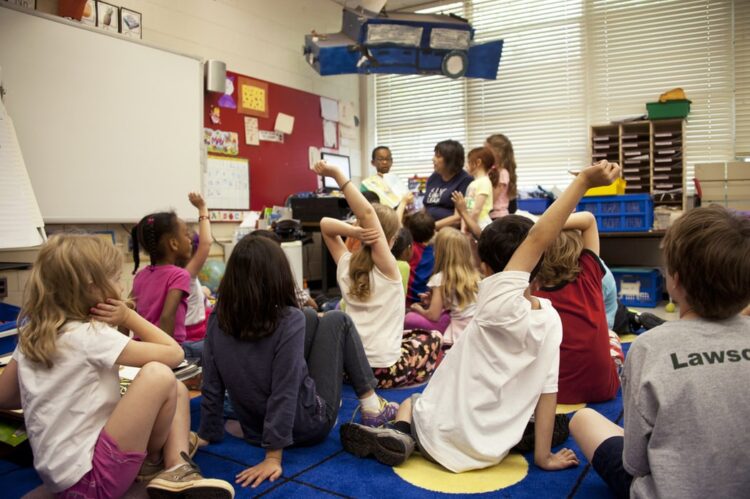
Roleplaying is an exercise best executed when no real conflict occurred, allowing students to calmly perceive a situation from a much more objective point of view. What you should do is make a script of a potential outburst, preferably a minor problem, and show your students how it can unnecessarily get blown out of proportion. While real conflicts unfortunately don’t give the teacher enough time to react, the act of roleplaying allows everyone to stop and highlight what exactly went wrong and how to deal with it. Highlight and direct the students’ attention to the feelings that emerge and gently prompt them to open up about them.
Talking about such events gives them time to reflect on how they really feel or felt in a similar situation, both when they are part of an argument or a witness to one. Demonstrate different situations with different students, and switch their roles so they can have a clearer picture of what it feels like to dominate the argument and to be on the other side. This way your students will think twice before engaging in delicate situations of this nature.
Teach them to take responsibility
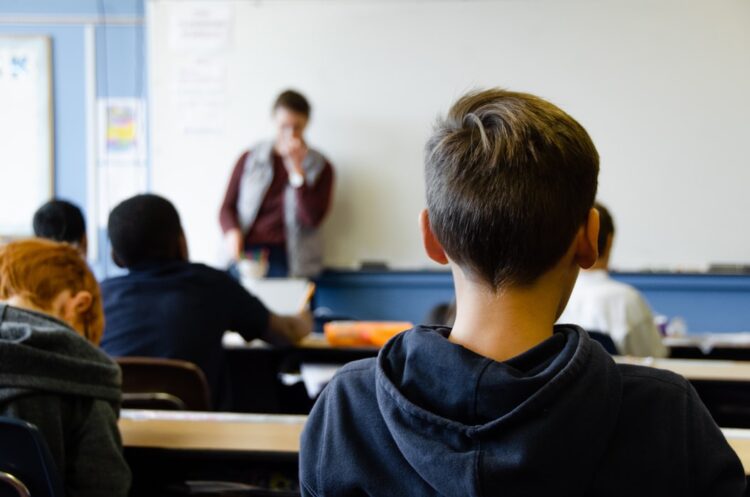
Once a conflict dies down, it’s time to take responsibility for one’s actions. This does not mean that the party who initiated the argument is the only one who needs to do this. On the contrary, all participants each have some part of the responsibility, very often equal. Prompt your students to think about what they could have done differently and try to show them they should always consider the bigger picture – what caused the other person to behave in such a manner and how their reactions may affect the final outcome.
No conflict is pleasant to deal with, but we can not turn a blind eye to it either. Implementing these practices into your lesson agenda will help resolve, if not prevent, conflict in a much healthier way, thus helping the students to regain control of their emotions and approach the problem more reasonably. Their academic achievements are bound to improve and they will gain precious life skills for whatever awaits them in their personal and professional lives.
 Hi Boox Popular Magazine 2024
Hi Boox Popular Magazine 2024
